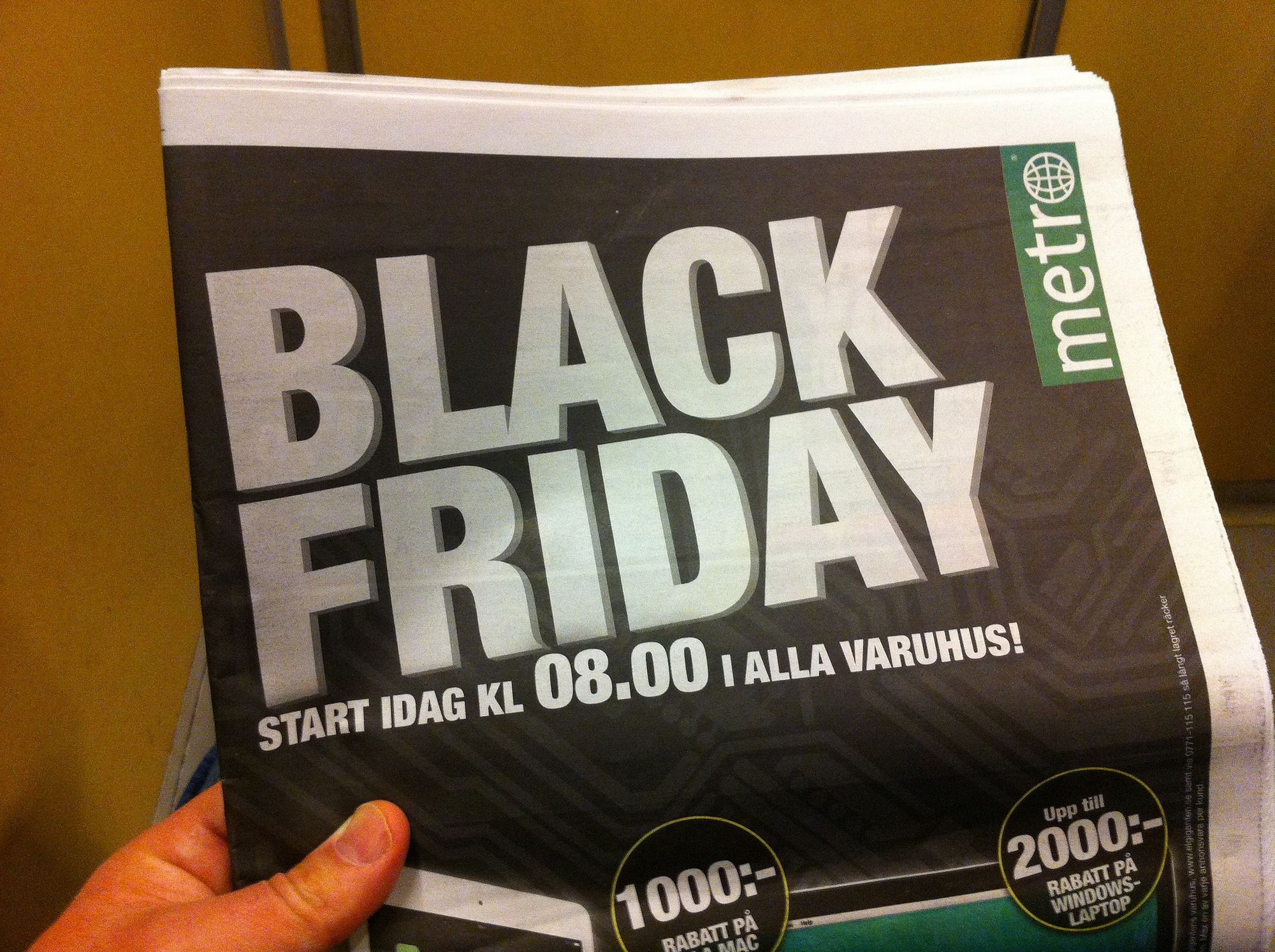0
The latest version of
sflowtool can convert
sFlow datagrams into JSON, making it easy to write scripts to process the standard sFlow telemetry streaming from devices in the network.
Download and compile the latest version of sflowtool:
git clone https://github.com/sflow/sflowtool.git
cd sflowtool/
./boot.sh
./configure
make
sudo make install
The -J option formats the JSON output to be human readable:
$ sflowtool -J
{
"datagramSourceIP":"10.0.0.162",
"datagramSize":"396",
"unixSecondsUTC":"1544241239",
"localtime":"2018-12-07T19:53:59-0800",
"datagramVersion":"5",
"agentSubId":"0",
"agent":"10.0.0.231",
"packetSequenceNo":"1068783",
"sysUpTime":"1338417874",
"samplesInPacket":"2",
"samples":[
{
"sampleType_tag":"0:2",
"sampleType":"COUNTERSSAMPLE",
"sampleSequenceNo":"148239",
"sourceId":"0:3",
"elements":[
{
"counterBlock_tag":"0:1",
"ifIndex":"3",
"networkType":"6",
"ifSpeed":"1000000000",
"ifDirection":"1",
"ifStatus":"3",
"ifInOctets":"4162076356",
"ifInUcastPkts":"16312256",
"ifInMulticastPkts":"187789",
"ifInBroadcastPkts":"2566",
"ifInDiscards":"0",
"ifInErrors":"0",
"ifInUnknownProtos":"0",
"ifOutOctets":"2115351089",
"ifOutUcastPkts":"7087570",
"ifOutMulticastPkts":"4453258",
"ifOutBroadcastPkts":"6141715",
"ifOutDiscards":"0",
"ifOutErrors":"0",
"ifPromiscuousMode":"0"
},
{
"counterBlock_tag":"0:2",
"dot3StatsAlignmentErrors":"0",
"dot3StatsFCSErrors":"0",
"dot3StatsSingleCollisionFrames":"0",
"dot3StatsMultipleCollisionFrames":"0",
"dot3StatsSQETestErrors":"0",
"dot3StatsDeferredTransmissions":"0",
"dot3StatsLateCollisions":"0",
"dot3StatsExcessiveCollisions":"0",
"dot3StatsInternalMacTransmitErrors":"0",
"dot3StatsCarrierSenseErrors":"0",
"dot3StatsFrameTooLongs":"0",
"dot3StatsInternalMacReceiveErrors":"0",
"dot3StatsSymbolErrors":"0"
}
]
},
{
"sampleType_tag":"0:1",
"sampleType":"FLOWSAMPLE",
"sampleSequenceNo":"11791",
"sourceId":"0:3",
"meanSkipCount":"2000",
"samplePool":"34185160",
"dropEvents":"0",
"inputPort":"3",
"outputPort":"10",
"elements":[
{
"flowBlock_tag":"0:1",
"flowSampleType":"HEADER",
"headerProtocol":"1",
"sampledPacketSize":"102",
"strippedBytes":"0",
"headerLen":"104",
"headerBytes":"0C-AE-4E-98-0B-89-05-B6-D8-D9-A2-66-80-00-54-00-00-45-08-12-04-00-04-10-4A-FB-A0-00-00-BC-A0-00-00-EF-80-00-DE-B1-E7-26-00-20-75-04-B0-C5-00-00-00-00-96-01-20-00-00-00-00-00-01-11-21-31-41-51-61-71-81-91-A1-B1-C1-D1-E1-F1-02-12-22-32-42-52-62-72-82-92-A2-B2-C2-D2-E2-F2-03-13-23-33-43-53-63-73-1A-1D-4D-76-00-00",
"dstMAC":"0cae4e980b89",
"srcMAC":"05b6d8d9a266",
"IPSize":"88",
"ip.tot_len":"84",
"srcIP":"10.0.0.203",
"dstIP":"10.0.0.254",
"IPProtocol":"1",
"IPTOS":"0",
"IPTTL":"64",
"IPID":"8576",
"ICMPType":"8",
"ICMPCode":"0"
},
{
"flowBlock_tag":"0:1001",
"extendedType":"SWITCH",
"in_vlan":"1",
"in_priority":"0",
"out_vlan":"1",
"out_priority":"0"
}
]
}
]
}
The output shows the JSON representation of a single sFlow datagram containing one counter sample and one flow sample.
The
Continue reading





 “Most software that’s used for monitoring comes from software companies. We built this software out of operational need and we built it as users of the technology,” said Optanix CSO Edmond Baydian.
“Most software that’s used for monitoring comes from software companies. We built this software out of operational need and we built it as users of the technology,” said Optanix CSO Edmond Baydian. Things aren’t all bad news for Huawei. T-Mobile Poland confirmed that Huawei is the sole vendor supporting its 5G network.
Things aren’t all bad news for Huawei. T-Mobile Poland confirmed that Huawei is the sole vendor supporting its 5G network. The NSX Service Mesh beta will initially support Cloud PKS (formerly known as VMware Kubernetes Engine or VKE), but VMware plans to extend it to any Kubernetes environment.
The NSX Service Mesh beta will initially support Cloud PKS (formerly known as VMware Kubernetes Engine or VKE), but VMware plans to extend it to any Kubernetes environment. Cumulus already offers its NOS on lots of different hardware. But this is Lenovo’s first foray into the disaggregated switch model.
Cumulus already offers its NOS on lots of different hardware. But this is Lenovo’s first foray into the disaggregated switch model. The latest numbers from IHS Markit show that SD-WAN revenue grew 23 percent from the previous quarter to $284 million. VMware continues to hold the No. 1 spot.
The latest numbers from IHS Markit show that SD-WAN revenue grew 23 percent from the previous quarter to $284 million. VMware continues to hold the No. 1 spot.
 The Pivotal Function Service is the first multi-cloud packaging of the Kubernetes-based Knative project and operates alongside the Pivotal Application Service and Pivotal Container Service.
The Pivotal Function Service is the first multi-cloud packaging of the Kubernetes-based Knative project and operates alongside the Pivotal Application Service and Pivotal Container Service.